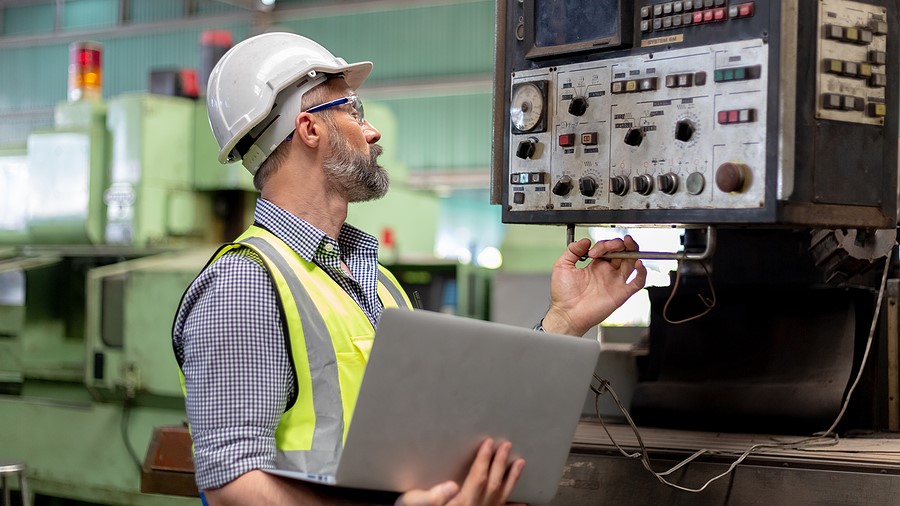In the rapidly evolving technology landscape, artificial intelligence (AI) copilots have emerged as transformative tools across various industries. These AI systems are designed to work alongside humans, enhancing productivity, decision-making, and innovation. But many business leaders remain confused about AI Copilots: What are they and how do they work?
AI Copilots: What Are They and How Do They Work?
Think of AI copilots as intelligent assistants with a vast store of information and computing power readily available. Users interact with copilots using natural language, prompting the copilots to conduct a wide variety of tasks. These can include everything from guiding decision making to generating content and performing routine operations.
Most of us have used AI chatbots for years, particularly in a customer support context or when shopping online. AI copilots use similar technology but at a much higher level, learning from user behaviors and adapting to their needs. By integrating deeply with specific industries or tasks, they provide more specialized assistance than a chatbot or generic AI assistant.
To operate effectively, AI copilots depend on natural language processing, machine learning, and predictive analytics. They analyze large datasets to learn patterns and understand language nuances. With this information, they can interpret user input and then provide relevant, context-aware responses.
With the right training, AI copilots can conduct complex, multi-step interactions that include sophisticated decision making. And when trained on a large language model (LLM) built on an organization’s data, they can perform highly customized actions that span multiple business systems.
Exploring AI Copilot Use Cases
Innovative business leaders in many industries already leverage AI copilots to enhance business processes. Consider the following use cases for a start:
- Retail – AI tools already personalize the shopping experience by analyzing consumer behavior and preferences. Informed with that data, copilots recommend items to customers, help retailers stock the right products, and manage inventory more efficiently.
- Manufacturing – On the factory floor, copilots help to optimize production lines and provide predictive maintenance. By monitoring equipment and analyzing operational data, they can suggest optimal maintenance schedules and even predict potential failures.

- Automotive – Self-driving cars, anyone? AI copilots provide advanced driver assistance by analyzing data from sensors and cameras. With this information, they can assist with navigation, help drivers avoid collisions, and predict maintenance needs before problems grow out of control.
- Healthcare – Using real-time data analysis, healthcare copilots help with early disease detection and personalized treatment plans. By processing huge amounts of patient data, they can identify patterns and anomalies that humans might miss.
- Finance – In the financial industry, AI copilots improve risk assessment and fraud detection. By analyzing market trends and historical data, they help financial advisors offer customized advice to clients and make more informed decisions.
- Education – AI copilots can adapt to an individual’s pace and learning style. This allows them to provide personalized learning experiences with customized resources and feedback.
- General business – AI copilots like the Microsoft 365 Copilot streamline routine tasks like summarizing meetings and determining action items. They also help users draft reports or emails and create unique content. And they can assist coders by suggesting code snippets or debugging code in multiple languages.
Clear Business Benefits…Balanced with Challenges
AI copilots bring obvious benefits, from increased efficiency to helping business leaders make informed decisions. By making personalized recommendations, they enhance the customer experience. They also allow employees to upskill, as in the case of a coding assistant that enables an engineer to write code in an unfamiliar language.
But they also come with risks. For instance, if employees become overdependent on automated assistance, they may experience a degradation of their skillset. And in some cases, reliance on AI will lead to job displacement and a shift in employment structures. Additionally, AI systems introduce potential cyber security risks, opening new doors for attack.
Finally, whenever organizations use AI in the decision-making process, they run the risk of raising ethical concerns around bias. To a certain extent, AI systems run in a black box, sometimes lacking sufficient transparency. Also, the accuracy and fairness of AI output depends on the quality of the data used to train the AI copilot.

Safe and Responsible AI Implementation
To gain the most benefit out of AI copilots while reducing risk, organizations should do their homework ahead of time. When evaluating a copilot, for example, make sure that its capabilities align with strategic objectives. It should complement your team’s skills and address specific business challenges or opportunities.
Next, make sure that the AI copilot will integrate seamlessly with your existing technology infrastructure. And look for providers with a demonstrated commitment to security and robust support. Take a close look at user experience, as well. The copilot should have an intuitive interface and require minimal training, or it will gather dust on the digital shelf.
A technology partner like eMazzanti Technologies can assist you in evaluating AI solutions and implementing solutions that will support strategic goals.













